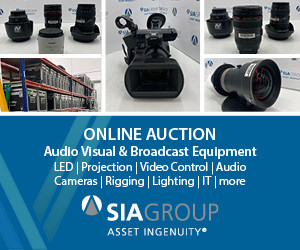Ask the Expert with Broadcast Service Centre
Ask the Expert with Broadcast Service Centre’s Dave LlewellynThis month we visited independent service company, Broadcast Service Centre Ltd (BSC), specialising in providing top quality technical support for a wide range of equipment within the Broadcast and Pro video industry. Dave Llewellyn has worked as a broadcast engineer for BSC (Broadcast Se...


















